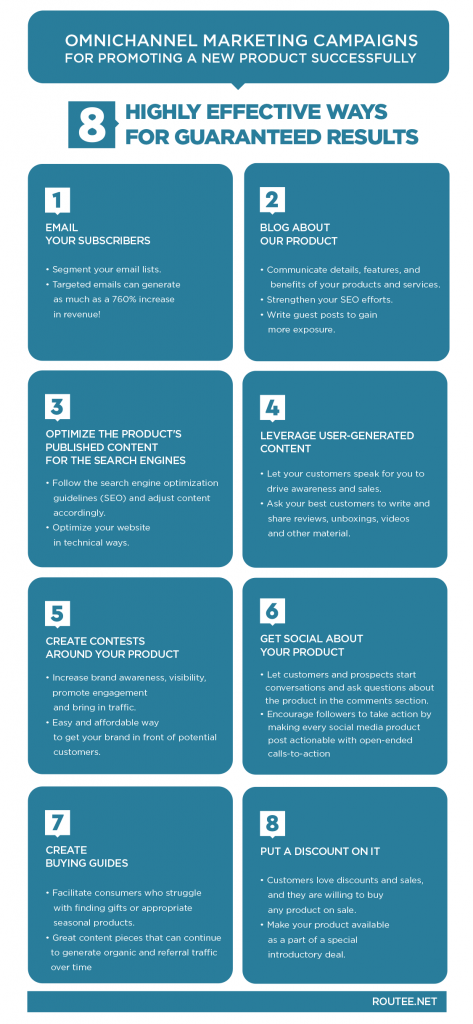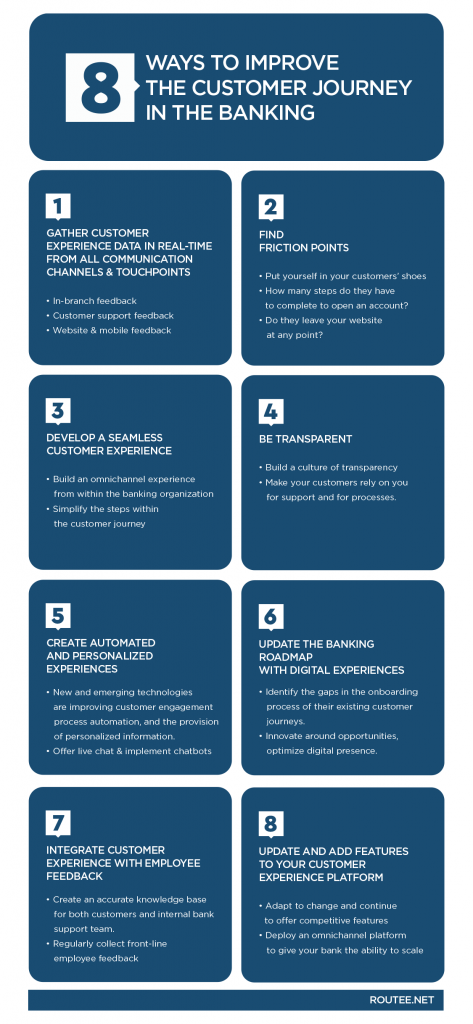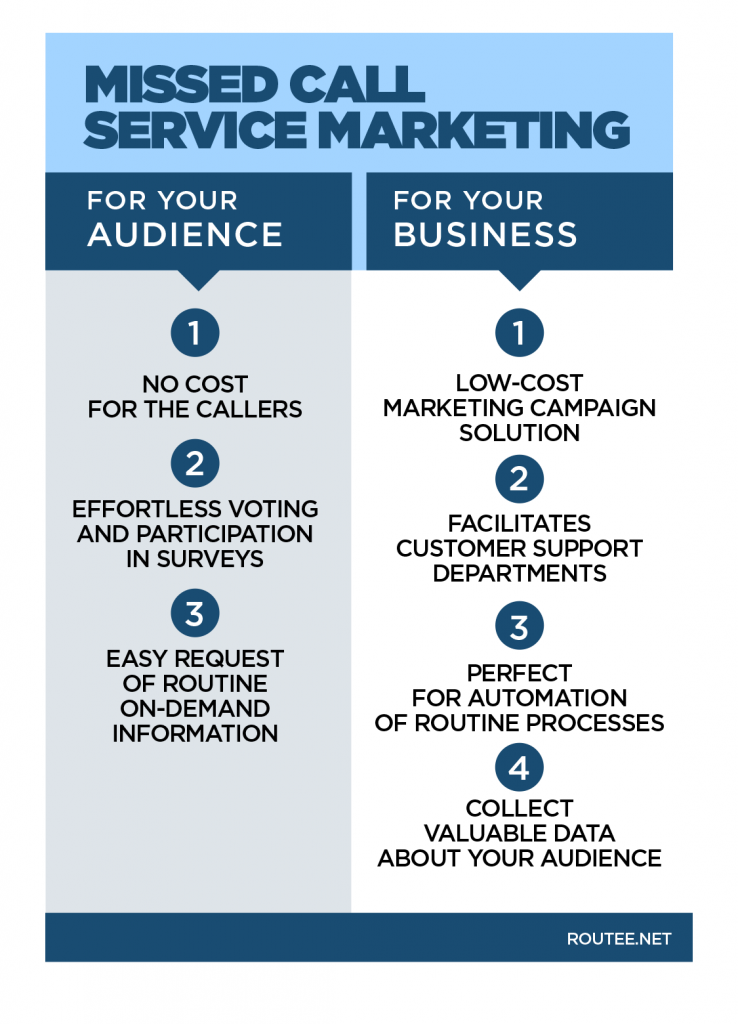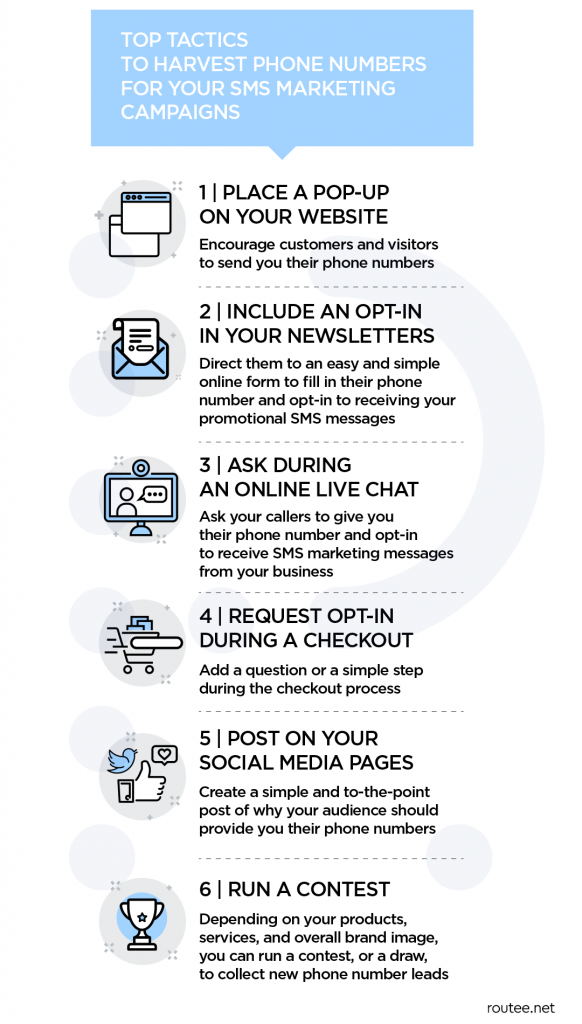6 proven tactics to boost web traffic to your e-Commerce website
Reading Time: 7 minutesWhether you have a newly developed online store or a long-established eshop, generating more website traffic is vital. You have invested time, money, and effort to build and launch your eCommerce business, so you do want to attract more and relevant people to your eshop. The math, in this case, is quite straightforward. The more visitors your website has, the better chances you have at converting them to paying customers and making more sales.
There are numerous ways to generate more traffic for your eshop without the need to raise your ad spend.
How to drive traffic to your website
1. Use SEO (search engine optimization)
The search engine optimization process (SEO), enables a business to increase its website placement in the free search engine results. SEO involves making particular changes in design and content that make your site more attractive to a search engine. SEO aims to display your website as one of the top non-paid results when a user searches for products or services related to your business.
In terms of website structure and design, you need to trust an experienced SEO professional who will apply the necessary optimization. This takes place in the back-end of your eCommerce website. In terms of content, the SEO professional can also provide you specific guidance. For example, what key terms to use and how to structure the content per se on every page of your eCommerce site (use meta-titles, meta-descriptions, etc.)
A few essential guidelines you can keep in mind for content optimization are the following:
- Create unique titles for each page of your eshop
- Keep page titles to less than 55 characters
- Be consistent with using title case or sentence case across all your pages
- Include your target keyword on each page of your eshop
- Make sure that you match the search intent of the user’s query
- Add internal links to and from important pages
The most important thing you need to know about the content is that it needs to be relevant to your products and services. Content must provide valuable information to your customers, prospects, and visitors. This way, your eshop will efficiently stand out in the search engine results and it will trigger users to click on it.
2. Go mobile
As mobile technology is changing the world, operating a mobile-friendly eCommerce website is a must. Today, almost everyone carries a smartphone to search for information. In many countries, the number of smartphones has surpassed the number of personal computers. If an eshop is not mobile-friendly, it cannot be easily viewed and used on a mobile device. A non-mobile-optimized website requires users to pinch or zoom in to navigate the content and complete purchases. Most of the time, this leads to a frustrating customer experience. Users abandon the website and select a competitor’s eshop instead to proceed with purchases.
You need to ensure that your eshop visitors can have a good experience on your site when they browse from their mobile devices. A mobile-optimized version of your eshop is readable and immediately usable. Here are some features consumers say are important to them on a mobile eCommerce site:
- Users want to reach the requested information with one or max two clicks on a website
- Users prefer a website that fits a small mobile screen
- Users favor a website that has the option to go to the non-mobile site
- Users look for a search bar that is easy to find and use
- Users prefer a website that looks clean and efficient
- Users favor big, finger-friendly buttons in an eshop
- Users like the option to be able to “click-to-call" the business
- Users like to have the option to save products or information to view them later
- Users prefer non-scrolling forms with not too many fields
- Users favor scrolling in one direction only (up-down or left-right)
As soon as you start adding features to your eshop, you can check if you are on the right track. See how your eshop stacks up by entering your URL on a page like the Google Mobile-Friendly Test.
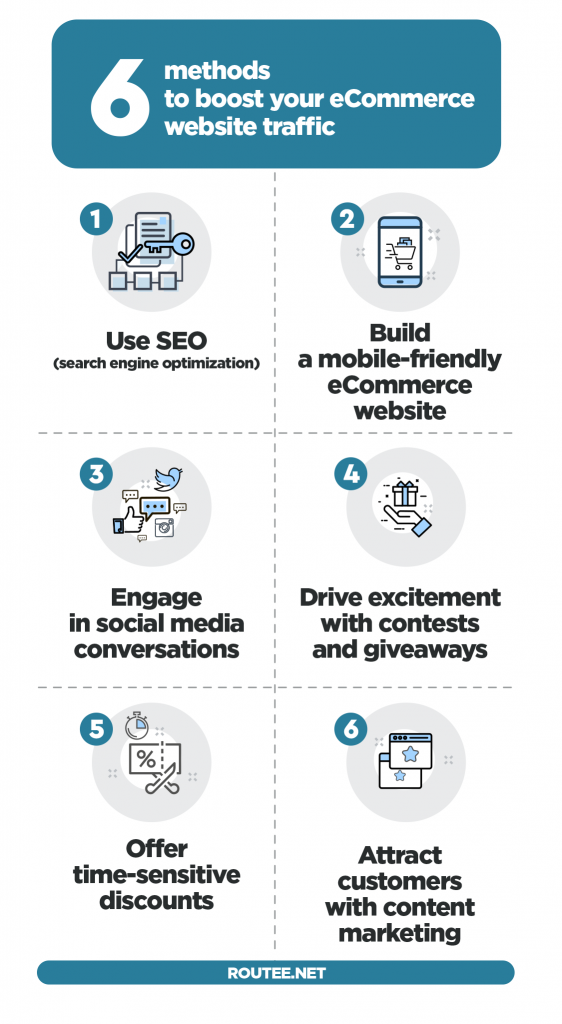
3. Engage in social media conversations
Social media engagement involves more than just sharing a link from your eshop across social media profiles. Social engagement is about encouraging conversations with the right audience and driving interest.
According to a Nielsen report, 92% of consumers worldwide trust a recommendation from a peer, above all other forms of advertising. An astounding 70% say that they trust an online review and suggestion from a total stranger.
Social proof has power, as it can increase conversions for your products and services. The easiest way to start with social engagement is to add a review widget in your eshop. This way, customers can write their reviews and recommendations. They can even share their reviews on their social media profiles and start conversations.
At the same time, you can motivate customers -who have purchased the same or similar products- to share their thoughts, how they used or how they benefited from your product. You can trigger these social engagement actions using email or SMS automation flows. For example, you can send a message to customers -following a specific period that they have completed a purchase from your eshop- and prompt them to share their experience with peers, or write an online review. You can also trigger social engagement by sending free samples to customers. Suggest them to share their feedback with you or with their friends. Accordingly, you can reach out to bloggers who relate to your products and offer them free products. In return, you can ask them to write a public review about your products on their social media profiles. They can even request feedback from their followers to start a conversation around your brand.
4. Drive excitement with contests and giveaways
Another great way to increase social engagement and drive traffic to your website is to run contests and giveaways. According to Shopify, 94% of the time when you run a contest users share the promotion immediately. 62% of these participants share the contest with a friend and suggest they also join. Prizes are powerful incentives for getting both customers and prospects to visit your eshop. You can use contest apps to embed your giveaways on your website or a landing page. Combine it with a social media sharing widget to get a higher chance of spreading your website contest around social media platforms.
5. Offer time-sensitive discounts
Humans are by nature a curious species. We naturally want to be a part of things, to know what is going on, to be connected, and to belong. Herein lies the value of the Fear of Missing Out (FOMO) marketing technique. FOMO can enable your brand to stand out in this “attention economy" we currently live in, as it taps into the simple, primitive human desire to be “in the know.” No one wants to be left out, after all. Missing out is a universal fear that dates back thousands of years. A study by Eventbrite showed that 69 percent of millennials experience FOMO, so obviously, inclusion is a priority for people.
Leverage the FOMO marketing technique to capture consumers' attention and increase your website's traffic. You can even use FOMO to get consumers to react and ultimately buy.
Start by offering time-sensitive discounts or products that are limited in quantity or period. Putting an expiration enhances scarcity, and scarcity is the essence of FOMO marketing. You do not have to limit FOMO to product offers and discounts. You can also trigger the fear of missing out by offering something that you do not usually provide, such as free shipping.
6. Attract customers with content marketing
Most successful businesses and brands showcase relevant content that connects with their audience. You are most probably familiar with the saying “content is king." Content marketing is at the heart of most flourishing marketing campaigns. It is all about the creation of interesting, informative, and engaging content. Content marketing aims to organically attract customers to your eshop. Content can vary from blog articles, product descriptions, videos, to social media posts, podcasts, ebooks, and so on. Your business has endless content opportunities to reach out to the world and generate website traffic.
Creating original content enables your business to position itself as an industry thought leader and to build your brand. Do not limit your content creation to focusing on your products and services. Create content that is relevant to your industry and that interests your audience and customers. Aim to create useful content that will provide valuable information and provide solutions. Content creation will further strengthen your SEO strategy as well. You can use free tools (e.g., Google Keyword Planner), to identify keywords and key phrases. You can then include these keywords in your content to help your website rank better in the search results and get in front of larger audiences.
Start by determining who your audience is. Put yourself in your customers' shoes to define what problems they may have that they turn to your eshop to solve. Identify what interests customers, apart from your products and what they are passionate about. Create the content on your website based on the answers to these questions. This way, you can generate high-quality website traffic to your eshop.
What’s next for your business?
As we have previously clarified in this blog, there is no one-size-fits-all marketing tactic. Every business and every brand is unique with a diverse audience and target groups that respond differently.
You may decide to use only short-term tactics that usually generate results quicker yet require more maintenance. Or, you may use only long-term tactics, that take longer to produce results, yet they are more cost-effective and need little to no maintenance. Or you can use a combination of both. Whatever you select, make sure that you aim to choose tactics that you can consistently perform. In any case, keep in mind that you will invest time, and it will take days, weeks, or months to see your return on investment (ROI) increase traffic and sales.
The best way to decide which of the above-mentioned tactics you can use for your business is to conduct market research. This way, you can check what works best for your target groups concerning your products and services. Alternatively, you can use the trial-and-error method and collect as much data as you can from your analytics or using an intelligent service like Routee’s Forms to define what works best for you.
Make sure you select an intelligent provider, such as Routee. This way, you will be able to seamlessly interact with your audience through diverse communication channels.
To get some inspiration, here are more effective ways to market your new product.



